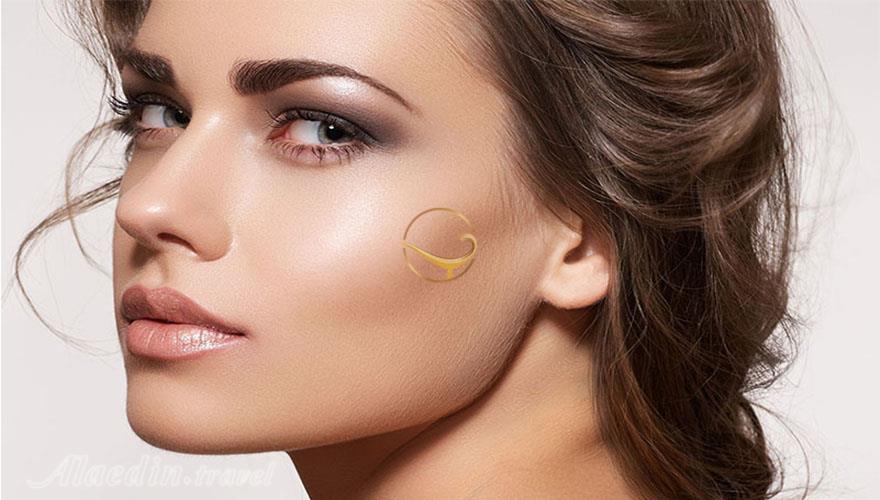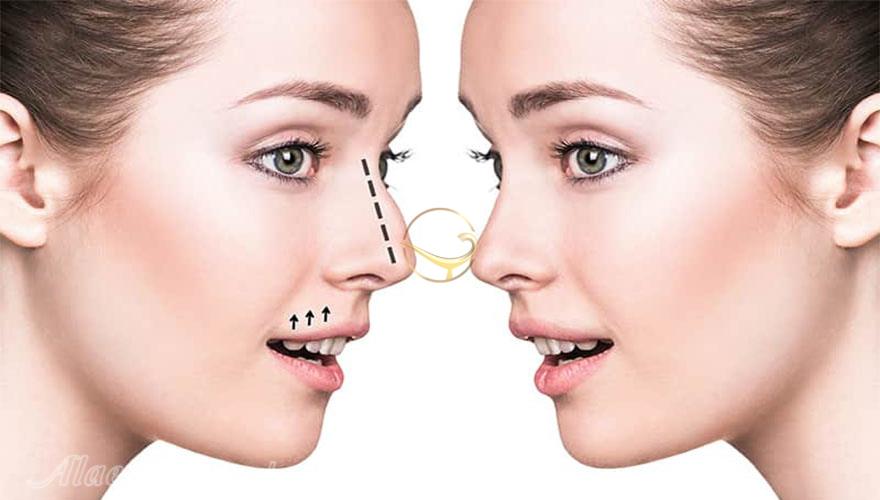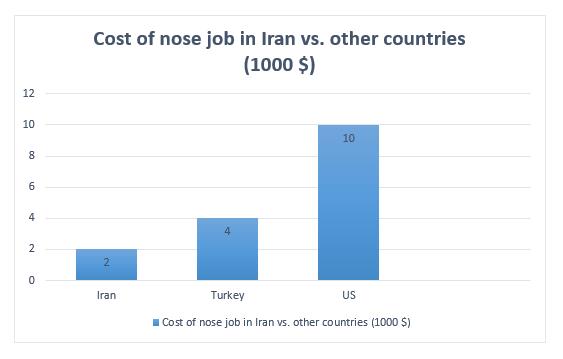Why Iran for nose job?
As the capital of rhinoplasty, more than 80 thousand nose job surgeries are yearly performed in Iran, which is 7 times more than the United States.
The high rate of nose job in Iran is due to several factors including improvement in surgical techniques, competitive prices, and last but not least skillful doctors.
The cost of rhinoplasty in Iran is usually lower than other countries, while the rate of satisfaction is higher.
Nose job in Tehran: As Iran enjoys the best nose job surgeons in the Middle East, every year a majority of people from all over the world choose to have their nose job done in Iran, more specifically in Tehran.
Nose Job (Rhinoplasty)

Beauty clinics in Iran provide patients with high quality services and cutting-edge facilities, and patients can benefit from the most innovative medical and cosmetic services.
Many people around the world trust our highly skillful doctors and prefer to have their nose surgeries done in Iran, and meanwhile enjoy abundant tourist attractions in Iran as well.
Aesthetically, nose job, medically known as Rhinoplasty, reshapes and resizes the nose, changing its angle in proportion to facial features and lips. It also corrects other issues such as bumps and asymmetries and other defects of the nose.
Also people with breathing problems, due to blockage of air by tissue or cartilage, prefer to undergo a nose job.
Types of nose job surgery
Generally speaking nose job is divided to two main groups, primary and secondary nose job. Here is a brief summary on each.
Primary nose job (rhinoplasty), also referred to as Nose Reshaping Surgery. Primary rhinoplasty implies that it is the first time that the patient undergoes a nose job. The purpose of the primary rhinoplasty can be both:
• Correcting the nose shape, repairing crooked or asymmetrical nasal structure, reshaping flared or pinched nostrils, or too small or too large noses in proportion to the face; and
• Treating breathing problems caused by cartilage or tissue.
The whole procedure takes between 1 to 2 hours, and is done under general anesthesia.
Secondary Rhinoplasty, also known as Revision Rhinoplasty. Secondary or Revision Rhinoplasty aims to repair the results of previously done rhinoplasty(s). It is highly recommended to wait at least one year before the secondary rhinoplasty, since it at least takes a year for scar tissue to soften, and the swelling to subside.
During the process if necessary cartilage maybe added or removed to recreate symmetry.
Cartilage strength, bone strength, and skin will be examined before the revision surgery, and as grafting is almost always needed, the available amount of cartilage will also be assessed by the surgeon.
Using a 3-D imaging program, the surgeon shows you how your nose may probably look like after the surgery.
The whole procedure can take up to 4 hours, and is done under general anesthesia.
The Surgery

The two main techniques for a nose surgery include the Open Approach, and the Closed Approach.
Both procedures are done under general anesthesia, and you may need to stay at the hospital overnight.
In the open approach, the surgeon makes incisions within the nostrils, and then separates the skin of the nose from its supporting framework of bone and cartilage, so that he will be able to see the entire structure of the nose. The open approach is mainly used in secondary or revision Rhinoplasty.
In the closed approach, the surgeon makes incisions across the columella that is the vertical tissue separating the nostrils, and reshapes the nose to the desired shape. Among the advantages of the closed approach is that there will be no visible external scars after the surgery.
How to prepare before nose job?

• For 2 weeks before the surgery avoid taking aspirin, ibuprofen, vitamin E, or any anti-inflammatory medications.
• Abstain from smoking at least for 2 weeks before the surgery.
• It is recommended to wear a SPF 30 or higher every day for at least 2 weeks to the surgery to avoid any sun damage.
• After midnight the night before your surgery do not eat or anything.
Nose job recovery
Like any other surgery bruising and swelling is common after the nose job. The initial swelling may subside after one or two weeks after the surgery, while it may take several months up to one year for all the swelling to subside.
• Nasal packing helps reduce swelling, however breathing through the nose is not possible until the packing is removed.
• Apply a cold compress to your forehead is recommended to stop the bleeding.
• Do not blow your nose for at least two weeks.
• If you need to sneeze, sneeze with your mouth open.
• Using a nasal saline spray keep inside the nose moist.
• Avoid touching stitches with your fingers.
• Apply Vaseline ointment to the stitches inside your nostril.
• To help minimize the swelling keep your head up for at least 48 hours after the surgery.
• Try to avoid chewy and hard foods for at least one week.
• Avoid extreme physical activities to prevent bleeding and increase swelling.
• For at least 6 weeks after the surgery do not wear glasses that rest on the bridge of your nose.
• The surgeon will remove the stitches after 3 days.
It is noteworthy that recovery in both primary and revision rhinoplasty is the same.
How much does a nose job cost in Iran (Tehran)?
Nose job cost in Iran is highly reasonable and competitive as you can see in the following chart.
